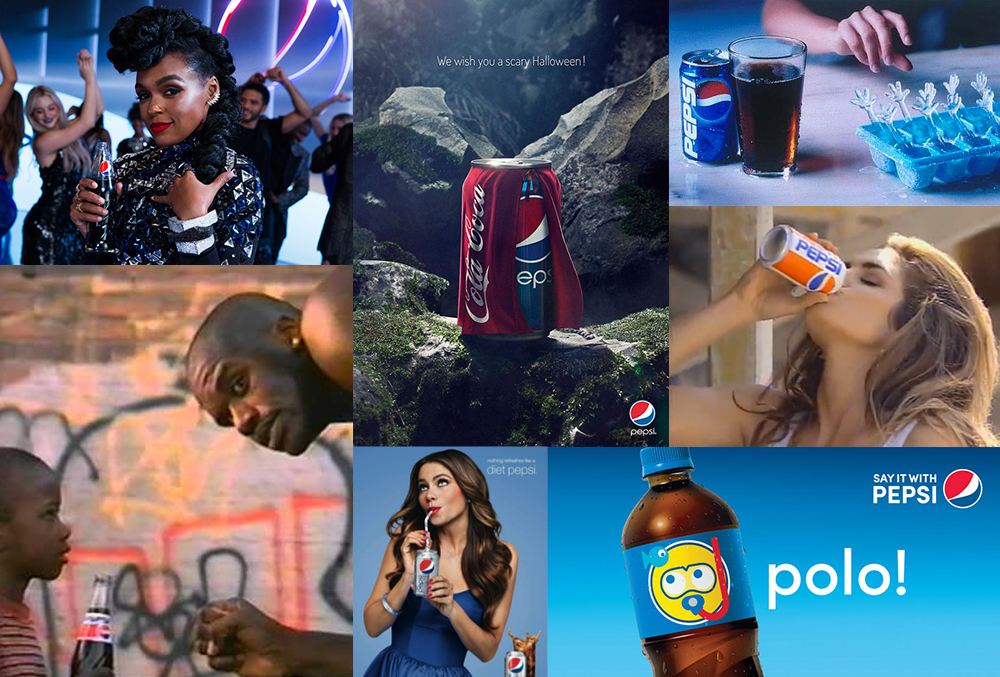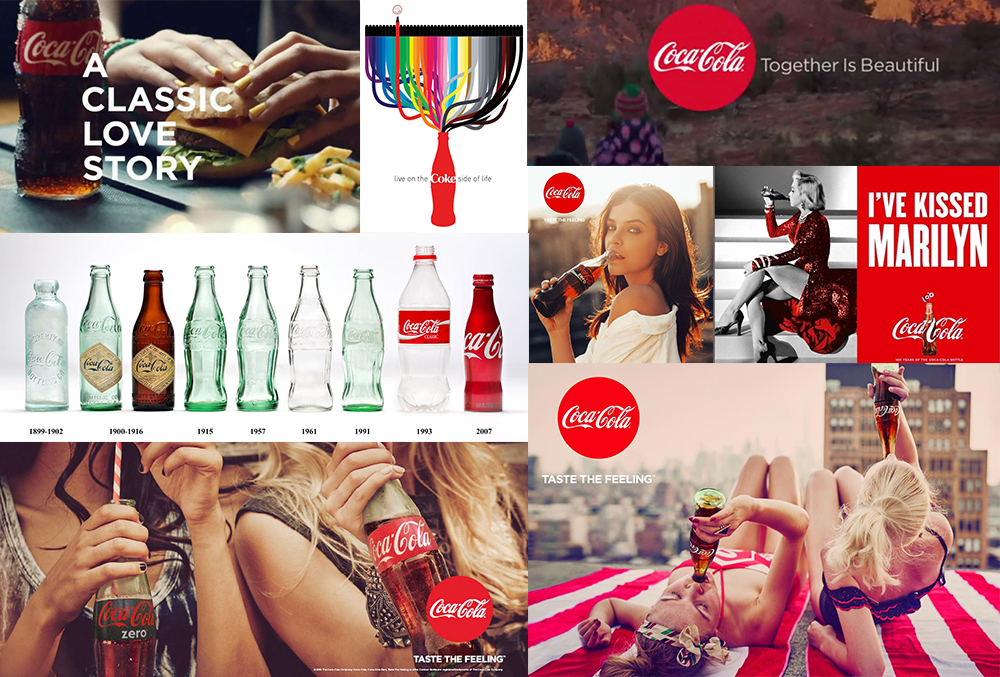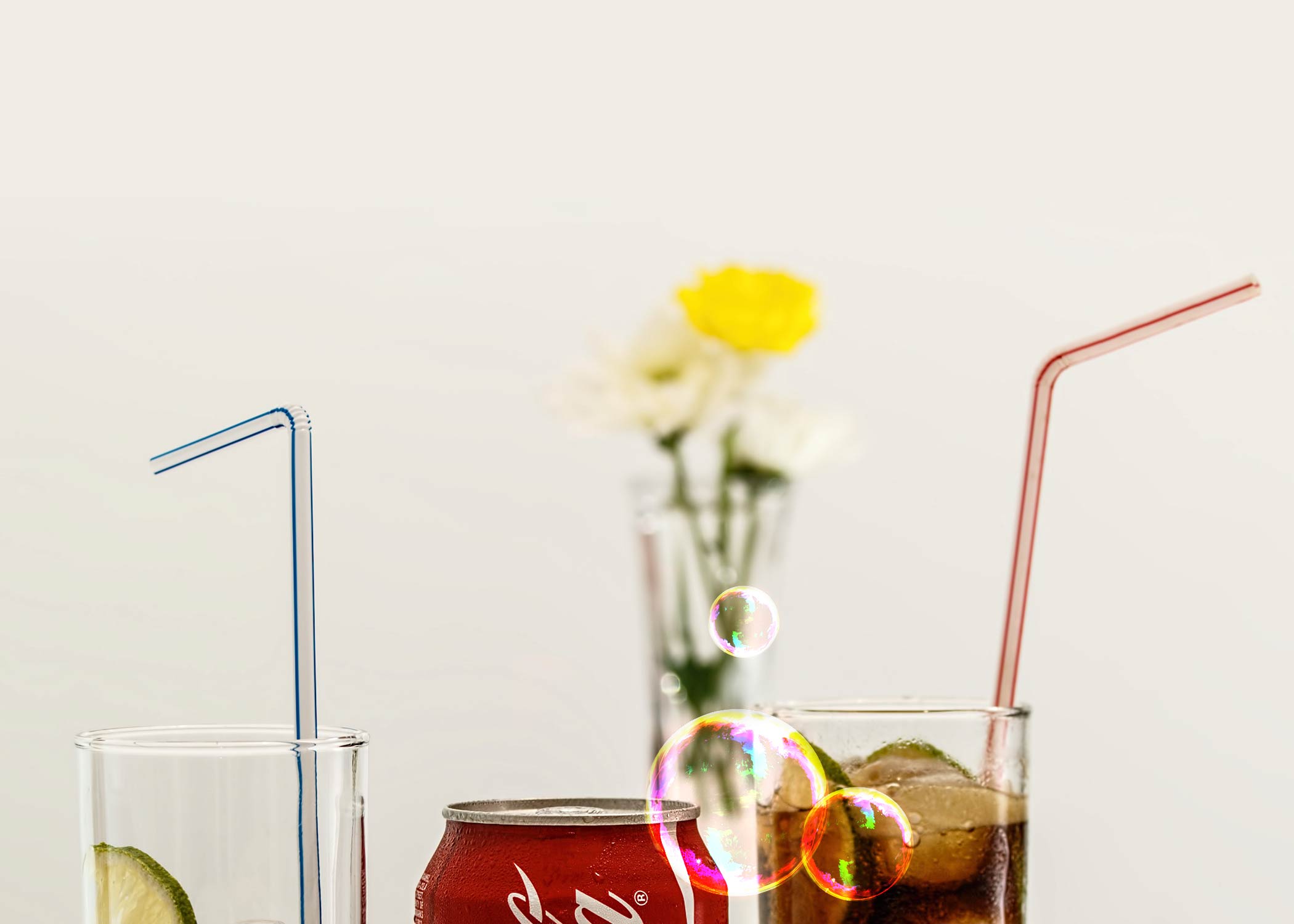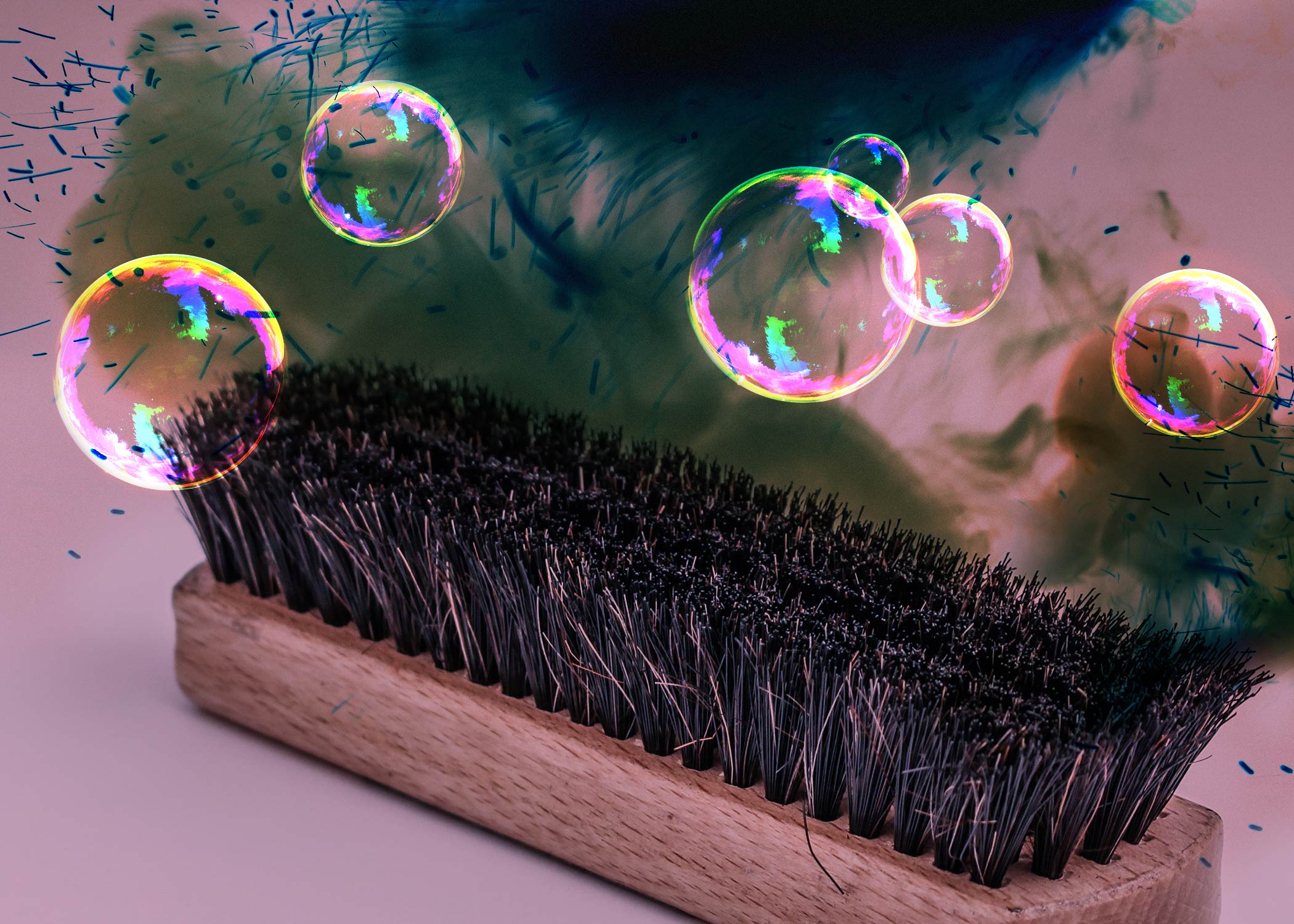The rivalry between Pepsi and Coca-Cola has spanned continents and decades, fame lasting generations. While some may argue that the two soft drinks are practically the same, there has been a continuous effort by both companies to differentiate themselves in the eyes of the public. As a result, the message and feeling communicated to consumers couldn’t be more different, which can be seen through the entire evolution of both brands.
In the beginning
The drink we now know as Coca-Cola was invented in 1886, by a wounded American civil war veteran named John Pemberton in Atlanta, Georgia. He trademarked the beverage as a “French Wine Coca Nerve Tonic” and hoped it would become a revolutionary medication that would help the public with a variety of health issues. Pepsi came into being seven years later, sold in Caleb Bradham’s drugstore in North Carolina, under the name, “Brad’s Drink.” Before the turn of the century both Coca-Cola and Pepsi were being bottled and sold in a variety of locations, each claiming to aid in dietary issues.
Today, both sodas are world famous, and have gone through countless attempts at rebranding and refreshing their respective images.
Pepsi

Since 2000, the Pepsi brand has changed their slogan 14 times, four of which occurred in 2012 alone. Each of these changes were dramatically different from the last, appearing as though the company was looking to completely reinvent itself every time they made a change. In 2008 the slogan changed three times, from “More Happy” to “Pepsi is #1” to “Something for Everyone.” These constant attempts to refresh their image seemingly were aimed at attracting the new, young generation every few years. While it did seem to work, it was not a long-term solution. Pepsi still fails to hold onto the previous generation that they had captured before. There is a profound lack of loyalty among customers of the brand, because it never seems to stay the same, let alone familiar. This proves to be a huge mistake that the company cannot seem to stop making. In countless blind taste tests, Pepsi wins over Coca-Cola; logically it would seem that something else, other than flavor, is causing Pepsi to fall so far behind in sales compared with Coca-Cola. Leaving one remaining variable, marketing.
Coca-Cola

In contrast to Pepsi’s multitude of image shifting campaigns, Coca-Cola has only changed their slogan 7 times since 2000, with every change flowing naturally through the company’s vision. For example, the 2003 slogan of “Coca-Cola… Real” was changed in 2005 to “Make It Real.” This not to say that Coca-Cola has never made a rebranding error in the past. In 1985 the soda brand committed one of the largest marketing gaffes of all time. The reveal of “New Coke,” a reformulation of Coca-Cola, led to public outrage, resulting in the company receiving over 400,000 letters from angry customers. Within 3 months after the release of the new beverage, the company made a public apology and releasing “Coca-Cola Classic” to the marketplace, and promptly removed “New Coke” from U.S. shelves. This experience taught the corporation a valuable lesson of staying true to your original message, rather than making unnecessary changes.
In Conclusion
This rivalry presents a very interesting paradigm for any company looking to refresh or rebrand their image during a spring cleaning. Let us learn the lessons taught to us by Coca-Cola and Pepsi; that straying too far from your original vision can be detrimental. Refreshing your brand gives your company an exciting vitality to help you stand out, but if you don’t stay true to your core values and message, the effects of the spring cleaning won’t last you through the fall.


